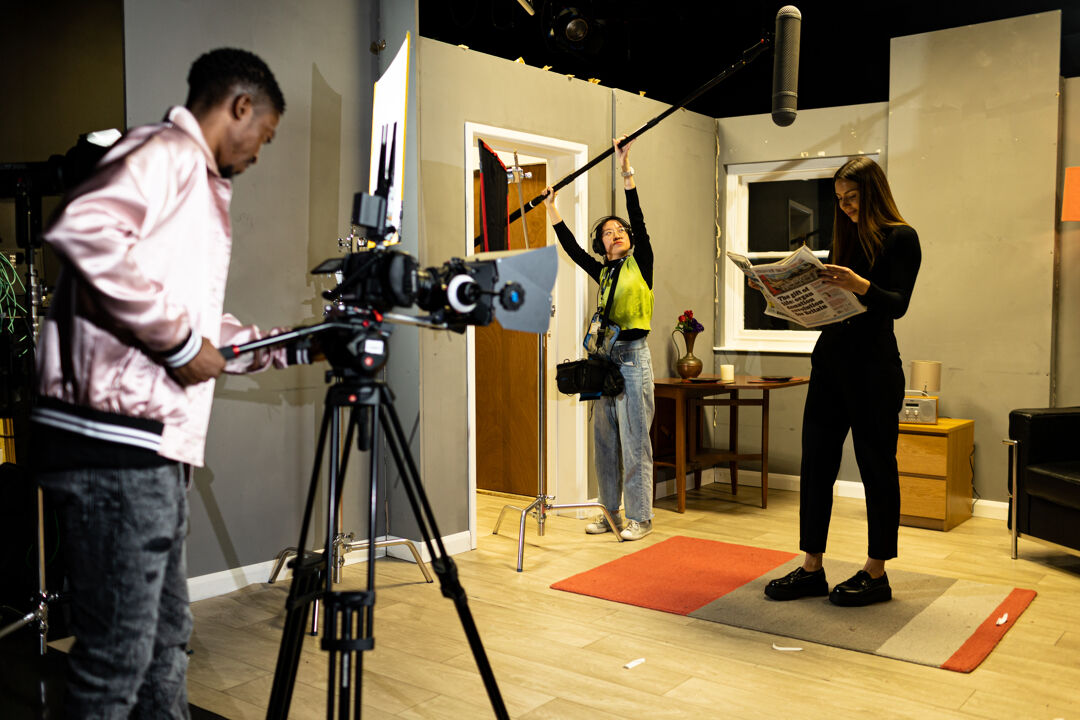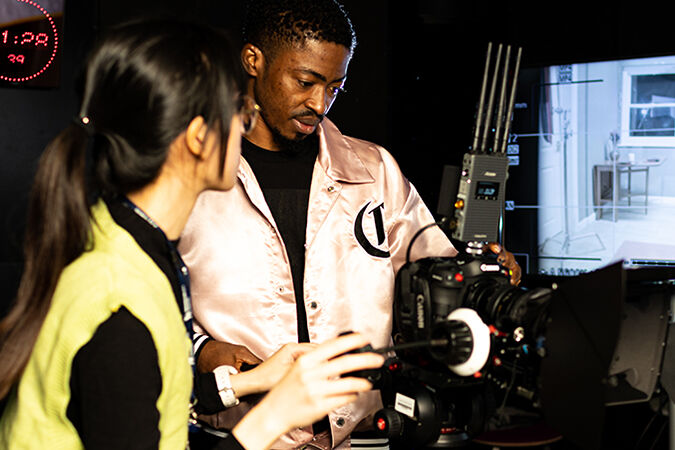Bronagh graduated in 2014, specialising in Constructed Textiles and has gone from strength to strength in the silk weaving industry, working for design giants Jim Thompson and Soie de Lune.
Since graduating what industry experiences have you had?
After graduating from the Textile Design course, specialising in Constructed Textiles I moved to Laos, South East Asia to work as a Textile Designer and Business Development consultant at Soie De Lune, a silk hand-weaving business that provides luxurious textiles to interior designers. Inspired by native Laotian designs and textures, I was immediately drawn to the exquisite level of hand-weaving that I’d never quite seen before.
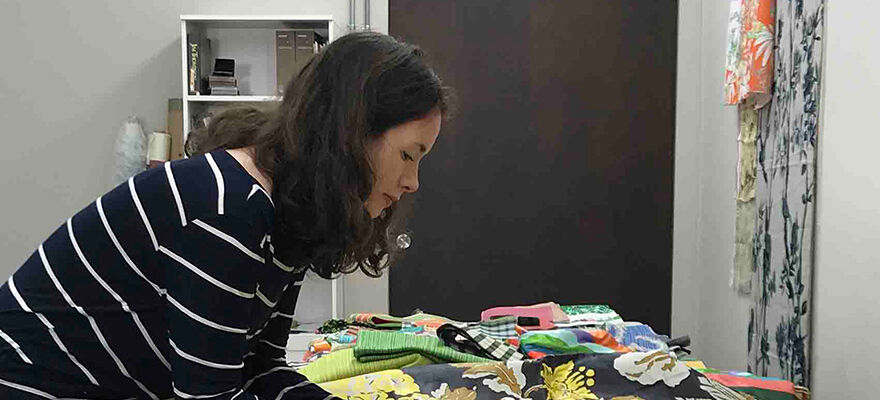
What is your current job role and what does it involve?
From Laos, I moved to Bangkok, Thailand, to work as the Home Furnishings Textile Designer / Developer at the head office of Jim Thompson (The Thai Silk Company). Jim Thompson is the largest hand-weaving company in the world, with a unique heritage based on the life of American architect and art collector James.H.W.Thompson, who helped revive the Thai silk industry.
I work on the bi-annual home furnishing textile collections with creative director Ou Baholyodhin, who has kept the exoticism of the Jim Thompson story alive through the vibrant hues and luxurious textures of the collections. My role involves helping to manage the textile collections, developing fabric designs, proposing design and colour concepts as well as material sourcing.
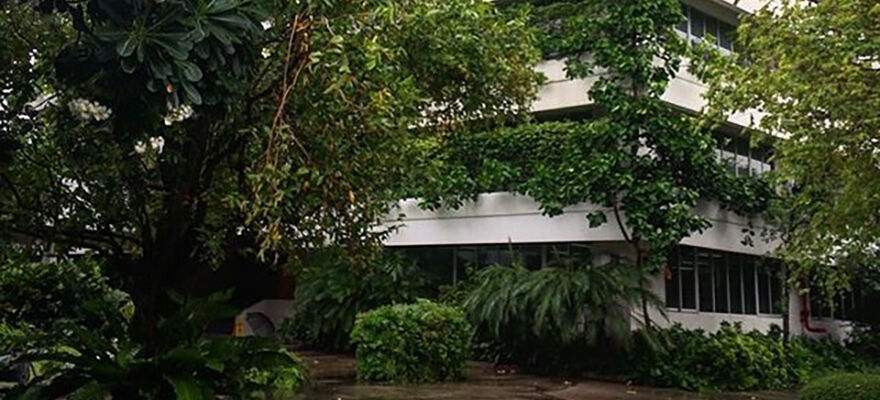
Do you have any advice for current students about life after graduation?
Don't be afraid to challenge yourself, try not to limit your possibilities and believe in your potential.
How have your studies at BCU aided your professional development?
The tutors at BCU really encouraged us to discover our own creative style, whilst honing in on our technical abilities through material experimentation and using industry machinery.
Being introduced to WGSN (Worth Global Style Network – is the world’s leading online trend forecasting, analysis and research service) and Global Colour (now the Colour Hive) opened my eyes to where colours and materials are coming from and why. From there, I started to recognise similar colours or design themes everywhere and learn their value in consumer markets.
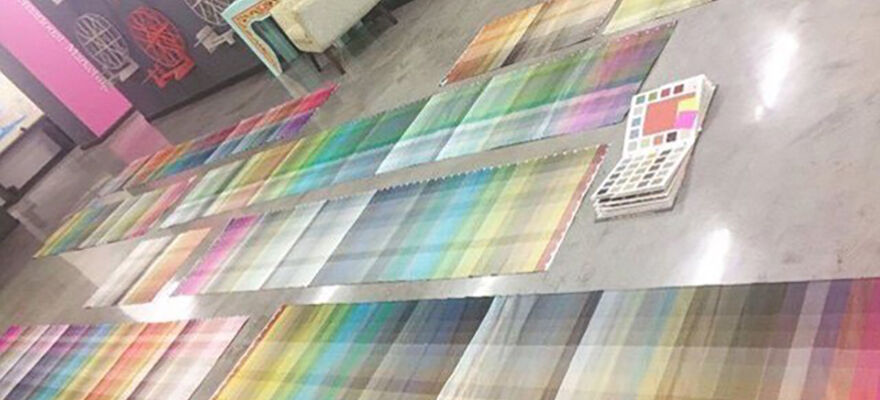
What do you love most about your job?
I love meeting the talented artisans and being creatively inspired right from the source, there is nothing more rewarding! Every day is different and the textile development is extremely fast paced, I could be working on 50 different fabric designs at any given time.
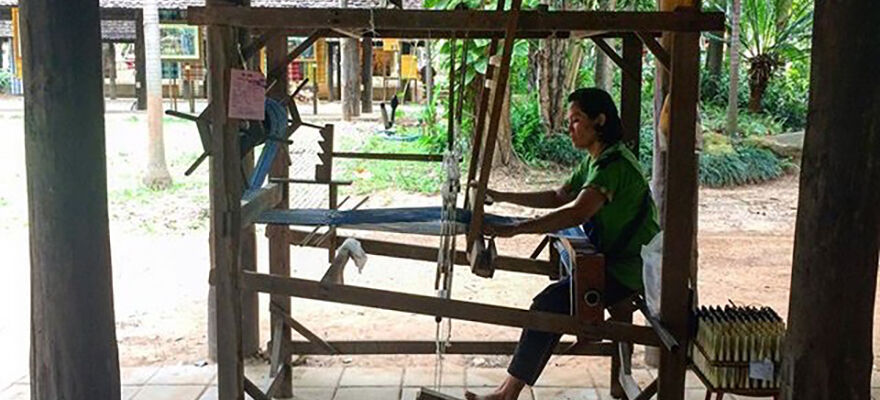
What has been your proudest achievement to date?
Getting to work with renowned Belgian architect and interior designer Gert Voorjans his first textile collection. His innovative interior settings depict eclectic pairings of vibrant colours and antiques that end up being timeless and filled with character. The collection is based on this design story, which has taught me to celebrate eclecticism! The collaborative collection Gert Voorjans x Jim Thompson will be launching at Paris Deco’off in January next year.

What are your aspirations for the future?
Continuing to be creatively inspired by craftsmanship around the world, whilst playing a part in sustaining and reviving traditional crafts. On a more personal level, giving myself time to learn more hands on skills such as interior decoration, upholstery, ceramics and 3D design.
What tips would you give to students thinking of applying to study Textile Design?
Have fun experimenting with all the available materials while making the most of the high-tech machinery and technical teachings. Learn as many CAD programs in your free time that would be related to the industry sector you want to a part of, these skills are now invaluable. Keep yourself inspired and stimulated whether it be going to a local exhibition or travelling to a new place. Practice giving meaning and context to each piece of fabric you make: who is the end user – what will it be used for – is it authentic?



